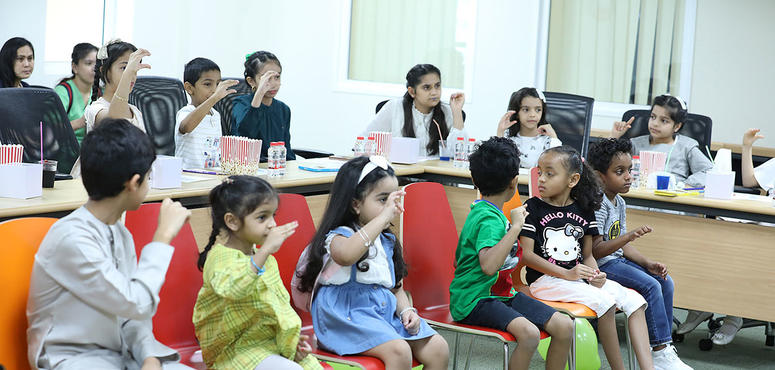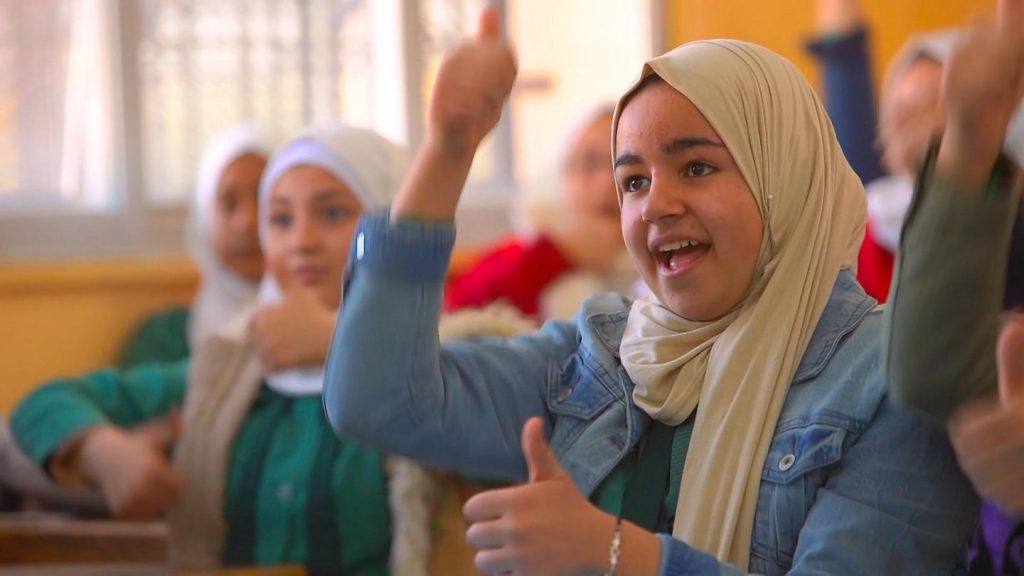While you’d think that it makes sense that there should be one unified sign language for everyone so it’s easy for hearing impaired people communicate, that’s not the case at all. There are perhaps over three hundred sign languages in use around the world today, and over 20 in the Middle East alone.

One of the main obstacles that face hearing impaired people in the Arab World is that there are so many different sign languages in use across the region. While it’s interesting to see how these languages emerge and how they differ from the official unified language of each country, it imposes a challenge for people to communicate if they don’t speak the same language.
Just as there a single formal Arabic for written and spoken communication, there is a formal, Unified Arabic Sign Language. However, pushing for the UASL forces students to learn two languages to be able to communicate with both, creating even more challenges.
There is a lot to be done to make communication easier for deaf citizens around the Arab World, from agreeing on what Arabic sign language should look like, to using technology to create more platforms that help with communication and increasing the number sign language interpreters.
In a study conducted by the Center for Strategic and International Studies in 2014, it was found that Saudi Arabia has one interpreter for approximately every 93,000 citizens. This simple statistic gives you an idea of the work we can do to make life easier for millions of people around the world.



